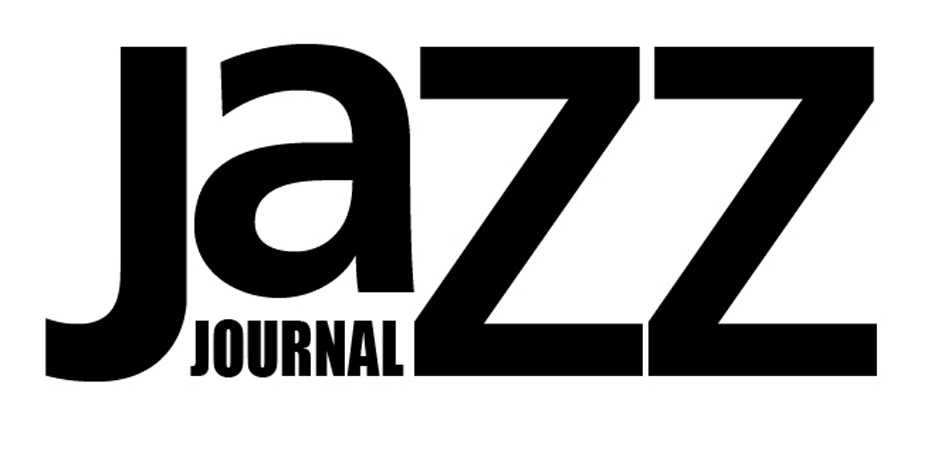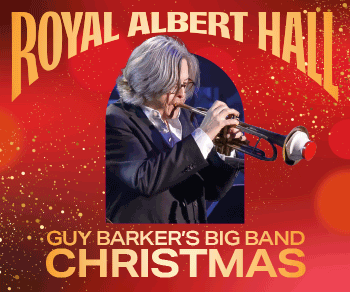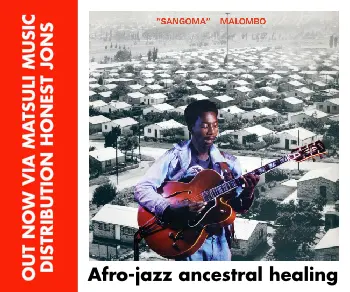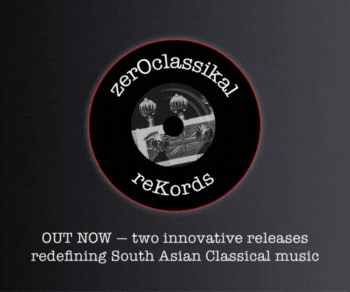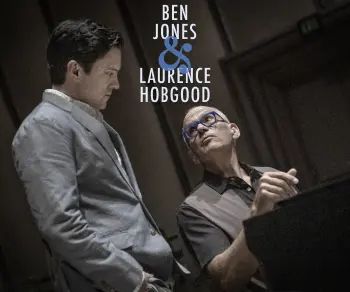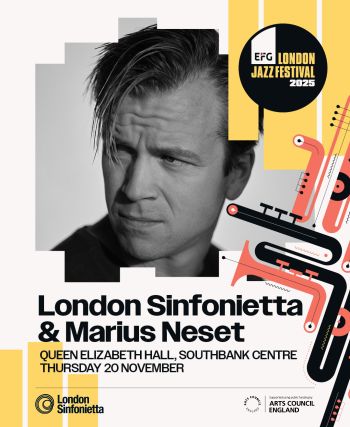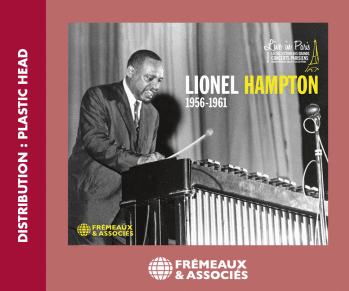Betty Accorsi Quartet: Nature Prints (self release)
What a surprising gem of an album – and band – this is! Nature is very influential on this nine-track debut release; even the method of recording seems natural and organic, every click of drumstick and “mwah” of the bass is present (which I like). There are moments that remind me of Herbie Hancock’s 1965 album Maiden Voyage, in that the music is so self-assured that its calm approach and musicality is put front and centre.
This album doesn’t hang around with long, drawn-out intros intended to build atmosphere or mood; once the needle hits the vinyl (or, in this case, the laser sees the disc) you’re welcomed into a landscape of beautifully played music that is part intimate jazz-bar and part fairytale forest. There is even time for spoken jazz. Mary is the second track on the album and adopts the spoken-jazz approach (underpinned brilliantly by bass) to tell a story before shifting into a wonderful alto solo to build the song and move it into new directions (in this case a piano solo and finally vocals).
So, we’ve got vocals, brass, piano and bass (terrific solo on Carillon), which only leaves the drummer without a mention. Well, the drumming is top notch. It drives and steers everything that is going on in front of it and is a presence all of its own. At times industrious and at times intricate and careful, it’s the foundation to everything that is good – and, believe me, there are a lot of good things here.
Self-releases can often be a mixed bag when it comes to production or song quality but this easily rubs shoulders with anything I’ve heard this year. Find it, download it and enjoy it.
Cygnet Quartet: Live At Sutton Coldfield Jazz Club (self release)
I love albums like this: it’s unpretentious and captures the spur of the moment things that only happen live. This album was recorded using a minimal number of microphones dotted around the stage – but this is far from being a poorly captured bootleg CD: the album really succeeds by not being overly polished.
Jazz clubs are the backbone and breeding ground for the future of jazz and while not every jazz club is as fancy or as swish as Ronnie Scott’s, if you want to get under the fingernails of the UK’s jazz scene, visit a jazz club. More often than not you’re going to leave entertained.
This is a who’s who of jazz standards; there isn’t anything particularly new here but there are four musicians playing good jazz at a good level. The songs are cheeky, well selected and something that contemporary jazz often seems to shy away from being: fun. Yes, this is a fun album. The music is fun, the band are clearly having fun, and you can bet your last penny that the audience had fun being there.
The songs are varied, from the Sinatra classic The Lady Is A Tramp (with adapted lyrics to highlight England’s South West) to a smattering of Ella Fitzgerald to a bassy, brassy, sleazed-up version of Angel Eyes. This is an album you can just relax to, an album that will suit a lazy Sunday afternoon with a coffee, a Saturday evening with a wine or – in my case – the early morning commute to work in the car.
Jazz clubs are the greenhouses for musicians that want to grow and thrive. The audiences are often knowledgeable and appreciative and if this is the level of musicianship that you find when you visit a jazz club, why on earth are we sitting reading about it when we could all be experiencing it? Brilliant stuff.
Gabriel Alegria Afro-Peruvian Sextet: El Muki (Saponegro Records)
I admit that if you were to ask what I thought Afro-Peruvian music would sound like I would be at a loss. I would guess there would be some acoustic guitar playing Peruvian-themed folk music from the mountains and some wild percussive rhythms as the backdrop. In fairness to my limited imagination, this is part of what makes up this album, but there is so much more.
El Muki is a mythical gremlin/troll creature that lives deep within the Peruvian ground, described in stories by Peruvian miners as being a connection between the mountains and the underworld. He’s a tricky customer to pin down which is fitting because the music is too.
The foundation of the music seems to alternate throughout the album; track one has a rockier feel than anything else on display within the nine tracks before settling into a more flamenco-style on track two (and tracks four, six and eight); the rule of thumb seems to be odd numbers are brass-based and even numbers are guitar.
The guitar tone reminds me of Andy Summers from The Police: the echo effect (particularly on The Harvest, which has an intro befitting any Police track) fits the mythical mood of the album and it isn’t a huge surprise that there is a cover of Walking On The Moon at the end. This is probably the lowest point of the album, though: the drums and the famous guitar/bass riff seem at odds with each other.
There is such a full sound on this album that it’s difficult to not like it. Being a sextet means that the spaces are filled, and it’s packed full of interesting things and well worth digging into. I really enjoyed this album. As I said, I had no real understanding of what an Afro-Peruvian band would sound like, but if this is an example, then sign me up for more, please.
Joaquin Núñez + Habana Safari: Ruta De La Clave (Lulaworld Records LWR051A)
For those that might not know what the clave is, it’s the distinctive rhythm typical of African and Latin American music, produced in its most elementary form by striking together two short hardwood sticks called claves. This album, a collaboration between Cuban-Canadian percussionist, composer, producer and bandleader Joaquín Núñez and the New-York based Cuban pianist Dayramir González, sets out to trace the evolution of the clave from 1800s contradanza to modern jazz.
We start with Afrocubanos, which is a little more synthy than I was expecting but it’s interesting, engaging and fun. Every track is a belter, from the singing on Mi Changüí to the percussive build on Rumba De Solar to the chilled groove of Una Guajira En NY. There’s a predominant fusion flavour to the album, even as it touches on more traditional Latin forms, but, of course the clave underlies the whole lot. If I could dance to anything other than basic time I would be reaching for a señora and stomping the cobbles.
